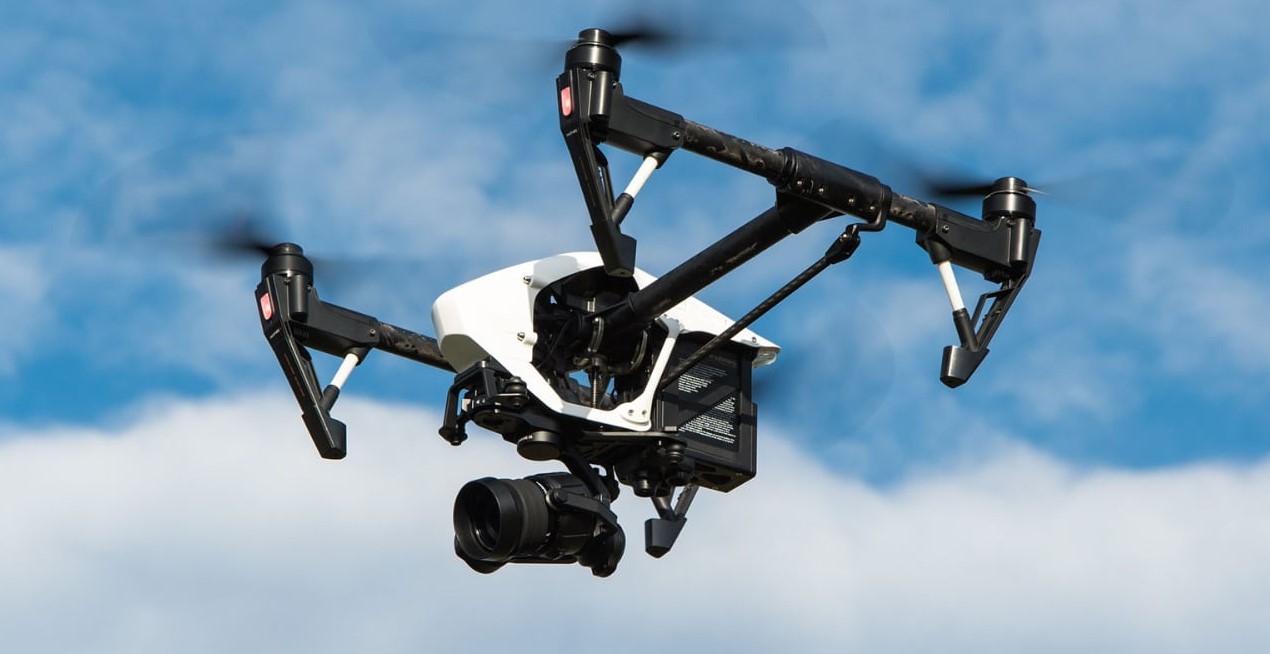SALT LAKE CITY, Utah (March 25, 2022) – On Monday, Utah Governor Spencer Cox signed a bill into law expanding state limits on government drone surveillance. The legislation will not only establish important privacy protections at the state level; it will also help thwart the federal surveillance state.
Rep. Ryan Wilcox (R) introduced House Bill 259 (HB259) on Jan. 28. In 2014, Utah passed a law requiring police to get a warrant before conducting drone surveillance in most situations. HB259 clarifies that the law applies “to any imaging surveillance device, as defined in Section 77-23d-102 when used in conjunction with an unmanned aircraft system.” This includes “radar, sonar, infrared, or other remote sensing or detection technology.”
In effect, the enactment of HB259 clarifies that this type of technology cannot be used in conjunction with a drone without a warrant.
The Senate passed HB259 by a 23-0 vote. The House approved the measure by a vote of 70-0. With Gov. Cox’s signature, the law goes into effect May 4.
Impact on the Federal Surveillance State
Although the new law only applies to state and local drone use, it throws a high hurdle in front of some federal programs as well.
According to a report by the Electronic Frontier Foundation, drones can be equipped with various types of surveillance equipment that can collect high-definition video and still images day and night. Drones can be equipped with technology allowing them to intercept cell phone calls, determine GPS locations, and gather license plate information. Drones can be used to determine whether individuals are carrying guns. Synthetic-aperture radar can identify changes in the landscape, such as footprints and tire tracks. Some drones are even equipped with facial recognition. According to research from the Center for the Study of the Drone at Bard College, 347 U.S. police, sheriff, fire, and emergency response units acquired drones between 2009 and early 2017—primarily sheriff’s offices and local police departments.
Much of the funding for drones at the state and local level comes from the federal government, in and of itself a constitutional violation. In return, federal agencies tap into the information gathered by state and local law enforcement through fusion centers and the Information Sharing Environment (ISE).
Fusion centers were sold as a tool to combat terrorism, but that is not how they are being used. The ACLU pointed to a bipartisan congressional report to demonstrate the true nature of government fusion centers: “They haven’t contributed anything meaningful to counterterrorism efforts. Instead, they have largely served as police surveillance and information sharing nodes for law enforcement efforts targeting the frequent subjects of police attention: Black and brown people, immigrants, dissidents, and the poor.”
According to its website, the ISE “provides analysts, operators, and investigators with information needed to enhance national security. These analysts, operators, and investigators… have mission needs to collaborate and share information with each other and with private sector partners and our foreign allies.” In other words, ISE serves as a conduit for the sharing of information gathered without a warrant.
The federal government encourages and funds a network of drones at the state and local level across the U.S., thereby gaining access to a massive data pool on Americans without having to expend the resources to collect the information itself. By placing restrictions on drone use, state and local governments limit the data available that the feds can access.
The EPA has used drone surveillance to enforce the Clean Water Act. In 2012, the agency confirmed, “aerial over-flights are only one of many tools that are used as part of the compliance assurance process to identify discharging sources that may impact water quality.”
Sources close to the Tenth Amendment Center say the EPA uses its own drones but also taps into data gathered by state and local areal surveillance. Sources also say the EPA selectively enforces the federal regulations, often imposing fines on small and medium farms while letting larger ones go.
Currently, at least 19 states—Alaska, Florida, Idaho, Illinois, Indiana, Iowa, Kentucky, Maine, Montana, Nevada, North Carolina, North Dakota, Oregon, Tennessee, Texas, Utah, Vermont, Virginia, and Wisconsin—require law enforcement agencies in certain circumstances to obtain a search warrant to use drones for surveillance or to conduct a search.
In a nutshell, without state and local cooperation, the feds have a much more difficult time gathering information. This represents a major blow to the surveillance state and a win for privacy.
Source: Tenth Amendment Center
Michael Maharrey [send him email] is the Communications Director for the Tenth Amendment Center. He is from the original home of the Principles of ’98 – Kentucky and currently resides in northern Florida. See his blog archive here and his article archive here.He is the author of the book, Our Last Hope: Rediscovering the Lost Path to Liberty., and Constitution Owner’s Manual. You can visit his personal website at MichaelMaharrey.com and like him on Facebook HERE
Become a Patron!
Or support us at SubscribeStar
Donate cryptocurrency HERE
Subscribe to Activist Post for truth, peace, and freedom news. Follow us on SoMee, Telegram, HIVE, Flote, Minds, MeWe, Twitter, Gab, What Really Happened and GETTR.
Provide, Protect and Profit from what’s coming! Get a free issue of Counter Markets today.


Be the first to comment on "Signed as Law: Utah Expands Limits on Drone Surveillance"